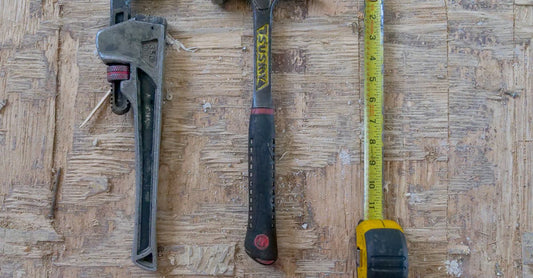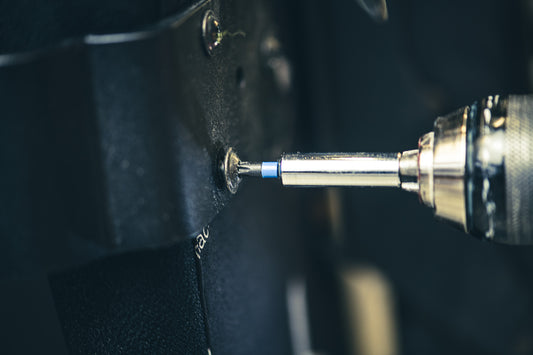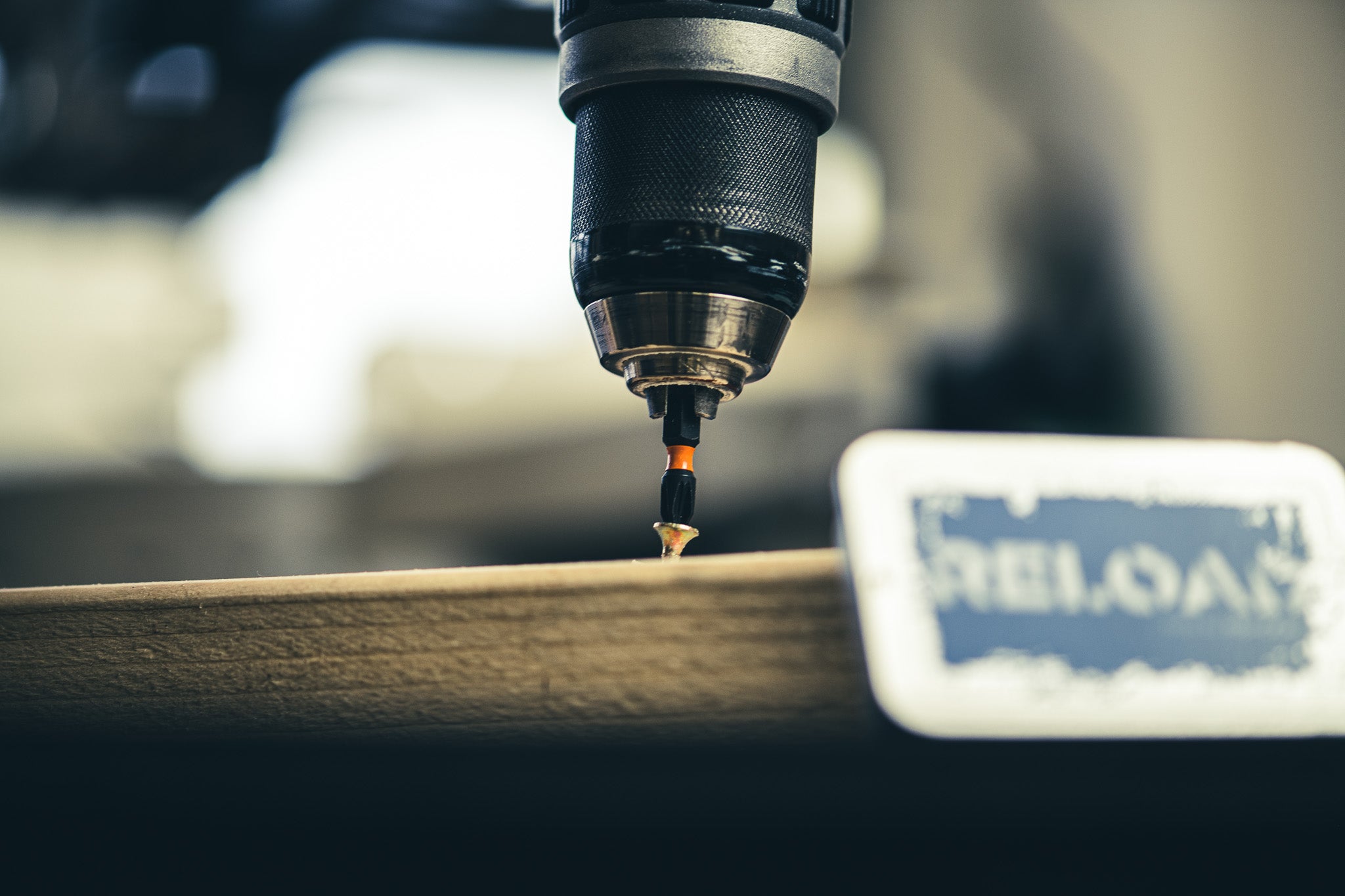KAY-bul WHIP
Noun, verb
A tool used to secure and fasten cables in place.
Example usage: 'The electrician used a cable whip to secure the cables to the wall.'
Most used in: Construction sites in urban areas.
Most used by: Electricians, carpenters, and other tradespeople.
Popularity: 8/10
Comedy Value: 4/10
Also see: Flex Whip, Whip Cable, Whip Line, Whip Lead,
What is a Cable Whip?
A cable whip is an essential tool for electricians in the construction industry. It is a device that is used to secure the ends of electrical cables when they are connected to outlets or other electrical components. It is important to use this tool correctly, as it ensures that the cables are held securely and will not come loose.
The cable whip is made up of a length of metal, usually steel or copper, with a loop at one end and a hook at the other. This loop is placed around the electrical cable and then the hook is used to secure the cable to the outlet or other electrical component. The loop is designed to prevent the cable from slipping out, while the hook ensures the cable is held firmly in place.
In the United States, nearly 3,500 people are injured every year due to faulty electrical wiring. The use of cable whips is one way to help prevent such injuries, as they ensure that the cables are held securely in place and will not come loose. Therefore, it is important for electricians in the construction industry to use cable whips correctly in order to prevent accidents.
.The Origin of the Term 'Cable Whip' in Electrician Construction
The term 'cable whip' has been used in electrician construction since at least the late 19th century. It is believed to have originated in America, although the exact location is unknown. The term was first used to refer to a flexible electrical cable with a connector on one end.
The cable whip was used to connect two pieces of electrical equipment, such as a switch and a lamp. It was a safer alternative to directly connecting the two pieces of equipment, as the cable whip provided insulation and grounding. This made it easier for electricians to work on live circuits without the risk of electric shock.
The cable whip is still an important tool in electrician construction today. It is used to connect pieces of equipment safely and securely, while also providing insulation and grounding. The term 'cable whip' has been part of electrician construction language for over a century, and it is likely to remain so for many years to come.




